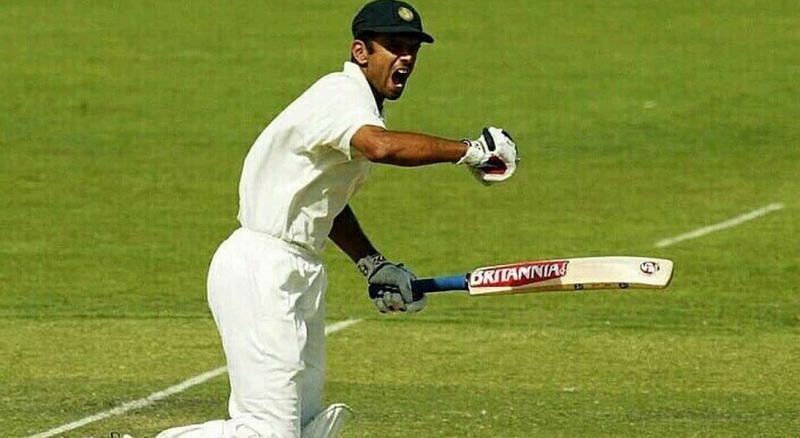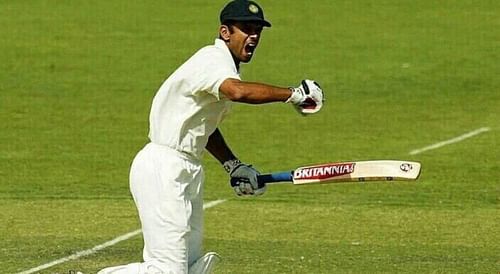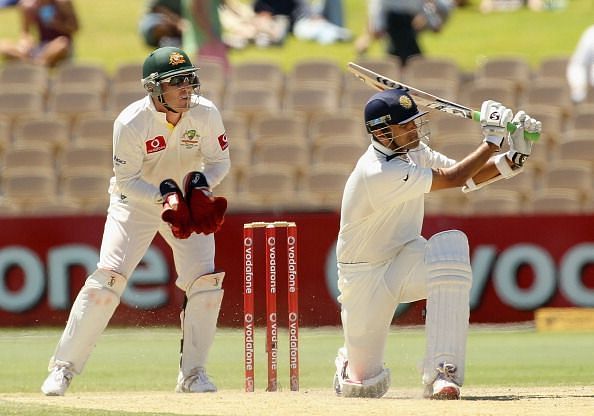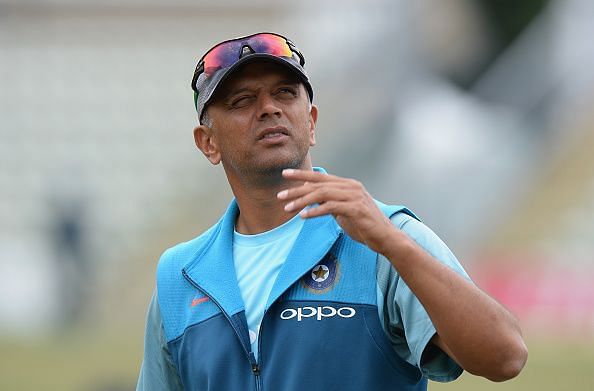
Rahul Dravid: The wolf who lived for the pack

Cricket is the 'gentlemen's game', especially in its most native form - Test cricket. Time and again, its custodians have shown us the right way to play cricket, with aggression, passion, determination and intensity. And no one did that better than Rahul Dravid.
The man led a life of simplicity, his value for dignity setting an example not only to cricketers but also to people who followed him closely.
Dravid's career saw him donning two roles: one of a cricketer, and the other of a coach. And in both roles, Dravid re-defined the ideal way to fulfill them.
Also see – BBL schedule
There was no flamboyance in anything that Dravid did; instead, his career was a castle patiently built brick by brick.
Dravid the cricketer made his debut in 1996, at the home of cricket - Lord’s. A young 23-year-old player searching for his place in the national side, Dravid would have definitely loved to get a century at Lord’s, but was deprived by a feather. He was out on 95.
That did disappoint many who watched that innings, but little did they know that it had marked the arrival of a player who would go on to become one of the finest in the world.

Dravid was all about simplicity, but even more so about selflessness. Not once did you hear him say “No”; he was always there for his team come what may.
Harsha Bhogle rightly called Dravid the wolf who lived for the pack. Sometimes you felt that Dravid allowed himself to look bad, just so that the team could look good.
Dravid had mentioned in an interview that two things he hated in cricket were wicketkeeping and opening the batting. But on foreign tours, when India wanted to play an extra batsman, they thought of balancing the lineup by not playing their specialist wicketkeeper. The team needed someone to keep wickets, and they all looked at Dravid.
He did not disappoint his team. Dravid kept wickets in 70 ODIs. And on many occasions, when the situation demanded, Dravid opened the batting as well.
When word of his batting abilities started spreading across the world, he earned the tag of ‘The Wall’. Dravid’s wicket carried a huge price. While some thought that he played with a very low strike rate, a few great thinkers of the game like Matthew Hayden opined that Dravid embodied the real form of aggression.
Dravid was a gentleman who always avoided the limelight. He was the sports-section topic of the newspaper rather than the front-page headline. His retirement came quietly, just like the way Dravid had done most things in his life - without any fireworks, without any farewell parties. He just walked away.
But it looked as though cricket missed its favorite servant, and wanted him to come back. And while most of his fellow mates chose a luxurious life after retirement, Dravid chose to serve cricket at the grassroots level. Denying an offer to coach the national side which would have given him continued fame and money, Dravid decided to coach the budding cricketers at Under-19 level.
The call surprised many people, but for those who knew him, it did not. Dravid thought cricket had given him enough things in life, and it was time for him to give it something back.

He set an example on how to serve his people without asking any questions. When he donned the wicketkeeper’s gloves, when he opened the batting, when he rejected the doctorate which was offered to him twice, when he rejected the national team coach offer, when he took the backseat while the whole U19 unit was celebrating, when he did not accept the cheque that was given to him after U19 WC victory - time and again, Dravid showed us what it meant to be truly selfless.
The numbers are absolutely staggering, but what they don’t speak of is the dignity with which he played the game, the integrity that he stood for, and the legacy that he left behind. Rahul Dravid is an inspiration, in cricket and beyond!